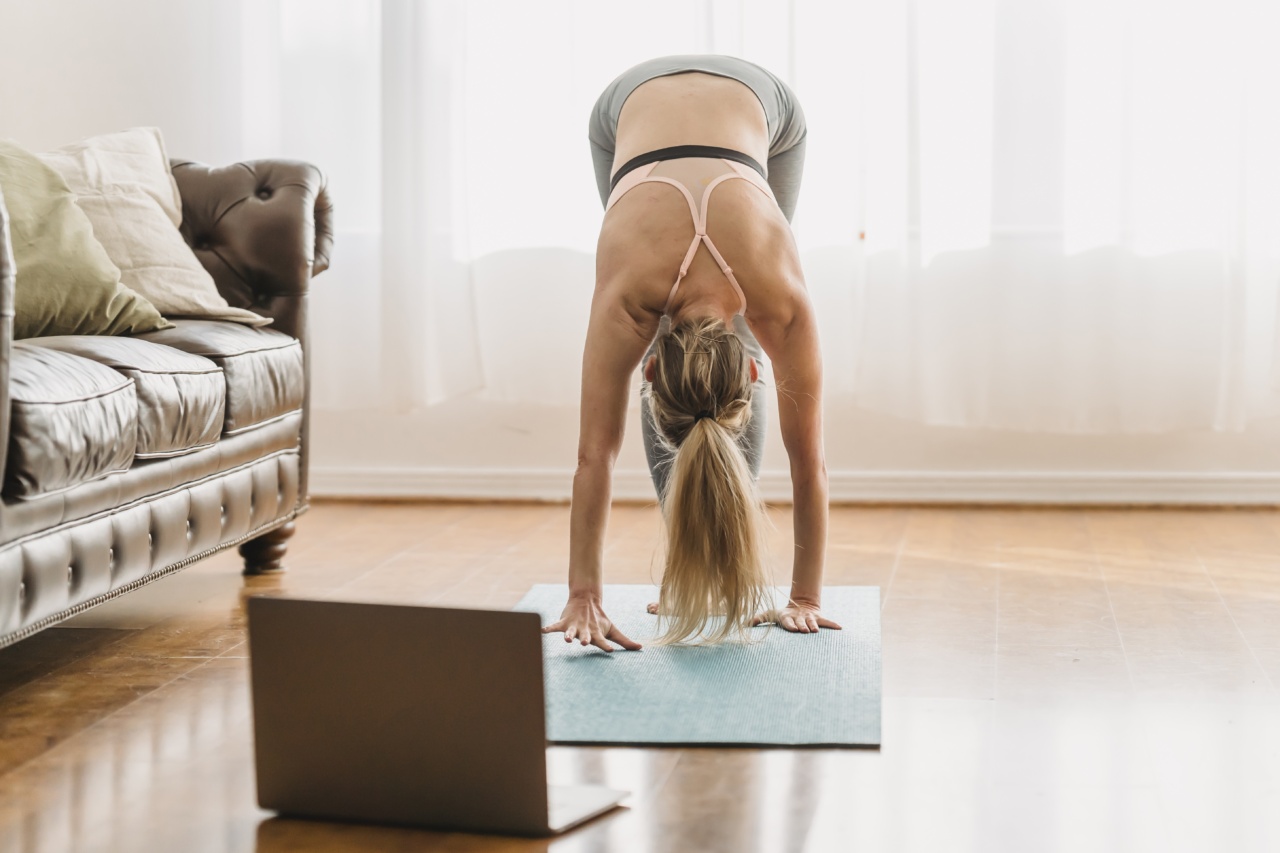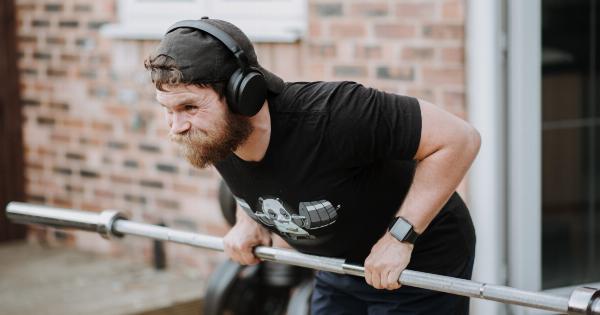When it comes to achieving your desired workout results, there are various factors to consider. From your training routine to nutrition and recovery, all these components play a crucial role in determining your success.
However, one crucial yet often overlooked factor is your breathing technique. Proper breathing not only enhances your performance during workouts but also boosts your overall results.
Why Breathing Matters
Breathing is an automatic bodily function that we often take for granted. However, when it comes to physical activities, especially workouts, proper and controlled breathing becomes essential.
The way you breathe affects your body’s oxygen intake and carbon dioxide release, which ultimately impacts your energy levels, endurance, and overall performance.
The Connection Between Breathing and Energy Levels
During a workout, the energy demand of your body increases significantly. To meet this increased demand, your body relies on oxygen, which is transported by the bloodstream.
By controlling your breathing, you can optimize the oxygen supply to your muscles, providing them with the energy they need to perform at their best.
Proper breathing techniques help optimize the oxygen-carbon dioxide exchange in your lungs, improving oxygenation and preventing the buildup of carbon dioxide in your body.
This exchange is vital as it ensures your muscles receive sufficient oxygen and nutrients, reducing the risk of fatigue and increasing your energy levels during a workout.
The Impact of Breathing on Endurance
Enhanced endurance is a key goal for many individuals engaging in physical activities.
Whether you’re a professional runner or simply aiming to improve your stamina, your breathing technique plays a significant role in achieving optimal endurance levels.
When you breathe improperly, taking shallow breaths or holding your breath unintentionally, you limit the oxygen supply to your muscles. Consequently, your muscles may fatigue more quickly, hindering your endurance and overall performance.
On the other hand, by adopting proper breathing patterns, such as deep diaphragmatic breathing, you can ensure a steady and sufficient oxygen supply, delaying fatigue and prolonging your workout sessions.
The Role of Breathing in Performance and Technique
Performance and technique are crucial aspects of any workout routine.
Whether you’re lifting weights, practicing yoga, or engaging in high-intensity interval training (HIIT), mastering the art of breathing is essential to optimize your performance and technique.
For weightlifters, proper breathing techniques, such as the Valsalva maneuver, can enhance stability and strength during heavy lifts.
By taking a deep breath and holding it before starting a lift, you create a stable and supportive intra-abdominal pressure, preventing potential injuries and improving your overall strength.
In disciplines like yoga and Pilates, breathing is often emphasized to promote mindfulness, body awareness, and fluidity of movement.
By synchronizing your breath with each movement, you enhance your body’s coordination, balance, and overall flexibility.
The Connection Between Breathing and Focus
During an intense workout, maintaining focus becomes challenging. Your mind may wander, distractions may arise, or self-doubt may creep in.
However, by incorporating conscious breathing techniques, you can enhance your mental state and improve your focus during workouts.
Deep breathing, particularly techniques like box breathing or alternate nostril breathing, allows you to calm your mind, reduce stress levels, and bring your attention to the present moment.
This enables you to stay focused, concentrate on proper form, and push through challenging exercises, ultimately maximizing your workout results.
Types of Breathing Techniques for Workouts
Now that we understand the significance of proper breathing during workouts, let’s explore some effective techniques you can incorporate into your training routine:.
1. Diaphragmatic Breathing
Diaphragmatic breathing, also known as belly breathing, is a technique that involves engaging your diaphragm by taking deep breaths.
This technique allows you to maximize the oxygen uptake in your lungs, leading to improved oxygenation of your muscles and enhanced performance.
2. Box Breathing
Box breathing is a powerful technique that helps synchronize breath and movement.
It involves inhaling deeply for a specific count, holding the breath for the same count, exhaling for the designated count, and holding the breath again for the equal count. This technique promotes mental clarity, reduces stress, and enhances focus during workouts.
3. Alternate Nostril Breathing
Also known as Nadi Shodhana in yoga, alternate nostril breathing involves breathing through one nostril at a time while using your fingers to alternately close and open the nostrils.
This technique balances the flow of energy in your body, harmonizes your nervous system, and aids in maintaining focus during workouts.
4. Valsalva Maneuver
The Valsalva maneuver is a breathing technique commonly used in activities that require intra-abdominal pressure, such as weightlifting or powerlifting.
It involves taking a deep breath, holding it, and slightly contracting your abdominal muscles while lifting or exerting force. This technique stabilizes your body, enhances strength, and reduces the risk of potential injuries.
5. Synchronized Breathing
Synchronized breathing involves coordinating your breath with specific movements during exercises. This technique is commonly used in disciplines like yoga, Pilates, and Tai Chi.
By syncing your breath with each movement, you enhance your body’s rhythm, flow, and overall performance.
The Importance of Breathing Rhythm
In addition to using specific breathing techniques, maintaining a steady breathing rhythm throughout your workout is crucial. Rapid, shallow breaths can elevate your heart rate, increase feelings of anxiety, and lead to decreased endurance.
Instead, focus on establishing a rhythmic breathing pattern. For example, inhale during the eccentric phase (such as lowering a weight) and exhale during the concentric phase (such as lifting the weight).
This rhythmic breathing pattern helps maintain stability, control, and optimal oxygen supply to your muscles.
Conclusion
Although often overlooked, proper breathing techniques significantly impact your workout results. By optimizing your breathing, you can enhance your energy levels, boost endurance, improve performance and technique, and maintain focus during workouts.
Incorporate some of the mentioned breathing techniques and establish a rhythmic breathing pattern to take your workouts to the next level.































